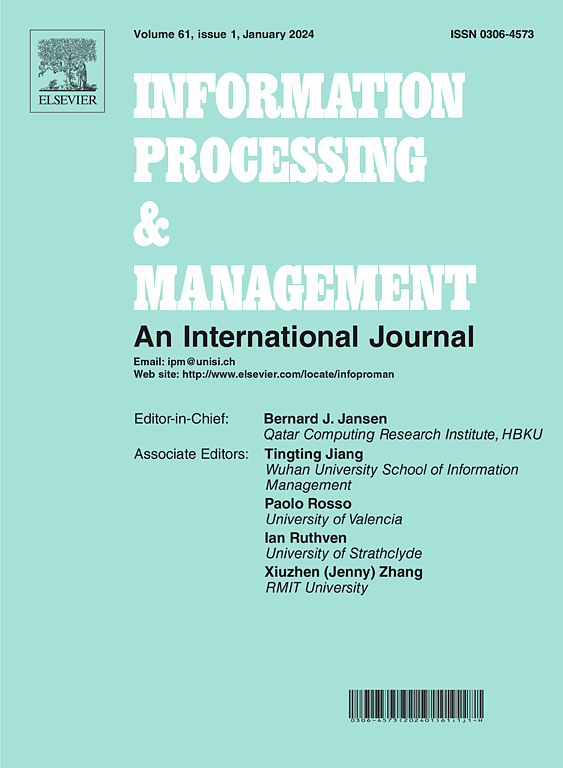基于全局-局部信息抽取网络的旅游需求点区间预测
IF 7.4
1区 管理学
Q1 COMPUTER SCIENCE, INFORMATION SYSTEMS
引用次数: 0
摘要
对旅游需求的前瞻性估计是有效资源配置和战略规划的关键,使稳健的预测模型成为有价值的决策工具。目前的研究主要强调孤立的信息类型,往往忽视了时空数据和辅助因素的综合集成,以及区间预测在决策支持中的关键作用。为了解决这些差距,我们提出了全局局部信息提取网络(GLIEN),这是一种用于点区间预测的新型深度学习模型。GLIEN在全球层面上动态整合时空信息和辅助因素,然后通过设计的局部街区对全球信息中的每个城市进行精确分析。在信息集成阶段,通过纠错机制增强模型在全局信息调整下产生点和区间预测。为了缓解与旅游数据集小样本量相关的挑战,我们提出的K-fold训练策略在一定程度上增强了模型吸收数据多样性的能力。海南和夏威夷数据集的实证分析表明,GLIEN在不同预测水平的点和区间预测上都优于所有基准模型。结果还强调了误差校正策略在改进区间覆盖和带宽方面的作用,而K-fold训练显著提高了预测精度。该研究为旅游资源管理和规划提供了重要的见解,标志着对旅游需求进行点间隔预测的首次尝试。本文章由计算机程序翻译,如有差异,请以英文原文为准。
Tourism demand point-interval forecasting using global–local information extraction network
The forward-looking estimation of tourism demand is pivotal for effective resource allocation and strategic planning, making robust predictive models valuable decision-making tools. Current research predominantly emphasizes isolated types of information, often neglecting comprehensive integration of spatiotemporal data and auxiliary factors, as well as the critical role of interval forecasting in decision support. To address these gaps, we propose the Global–Local Information Extraction Network (GLIEN), a novel deep learning model for point-interval forecasting. GLIEN dynamically integrates spatiotemporal information and auxiliary factors at a global level, followed by precise analysis of each city within the global information through the designed local blocks. During the information integration phase, enhanced by an error correction mechanism, the model generates both point and interval forecasts under global information adjustments. To mitigate challenges associated with small sample sizes in tourism datasets, our proposed K-fold training strategy enhances the model’s capacity to absorb data diversity to some extent. Empirical analysis of the Hainan and Hawaii datasets demonstrates that the GLIEN outperforms all benchmark models in both point and interval forecasting across different forecast horizons. Results also highlight the error correction strategy’s role in refining interval coverage and bandwidth, while the K-fold training significantly boosts forecasting accuracy. This research offers critical insights for tourism resource management and planning, marking the first attempt at point-interval forecasting for tourism demand.
求助全文
通过发布文献求助,成功后即可免费获取论文全文。
去求助
来源期刊

Information Processing & Management
工程技术-计算机:信息系统
CiteScore
17.00
自引率
11.60%
发文量
276
审稿时长
39 days
期刊介绍:
Information Processing and Management is dedicated to publishing cutting-edge original research at the convergence of computing and information science. Our scope encompasses theory, methods, and applications across various domains, including advertising, business, health, information science, information technology marketing, and social computing.
We aim to cater to the interests of both primary researchers and practitioners by offering an effective platform for the timely dissemination of advanced and topical issues in this interdisciplinary field. The journal places particular emphasis on original research articles, research survey articles, research method articles, and articles addressing critical applications of research. Join us in advancing knowledge and innovation at the intersection of computing and information science.
 求助内容:
求助内容: 应助结果提醒方式:
应助结果提醒方式:


